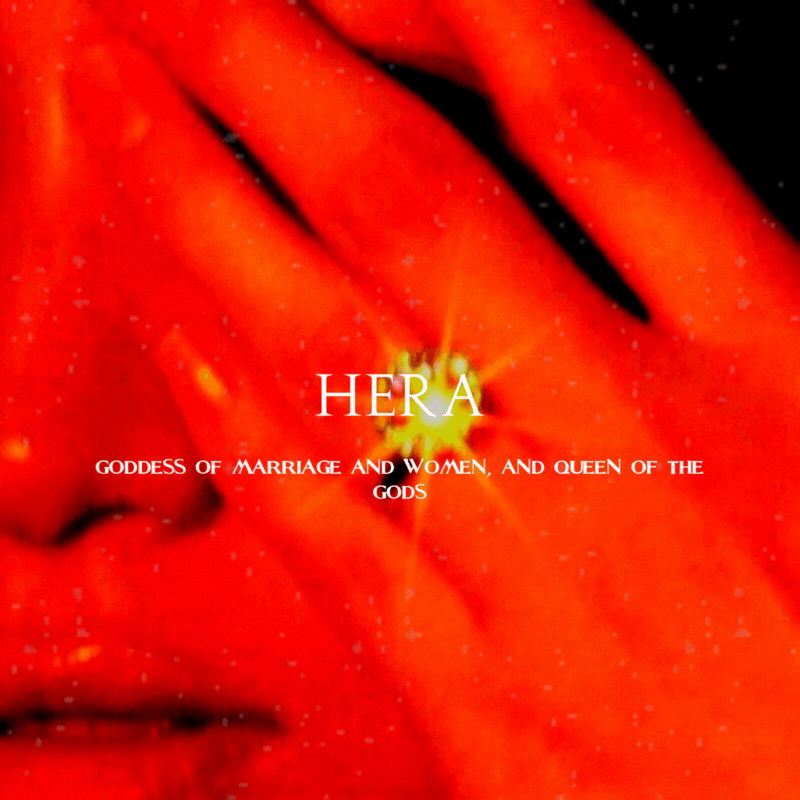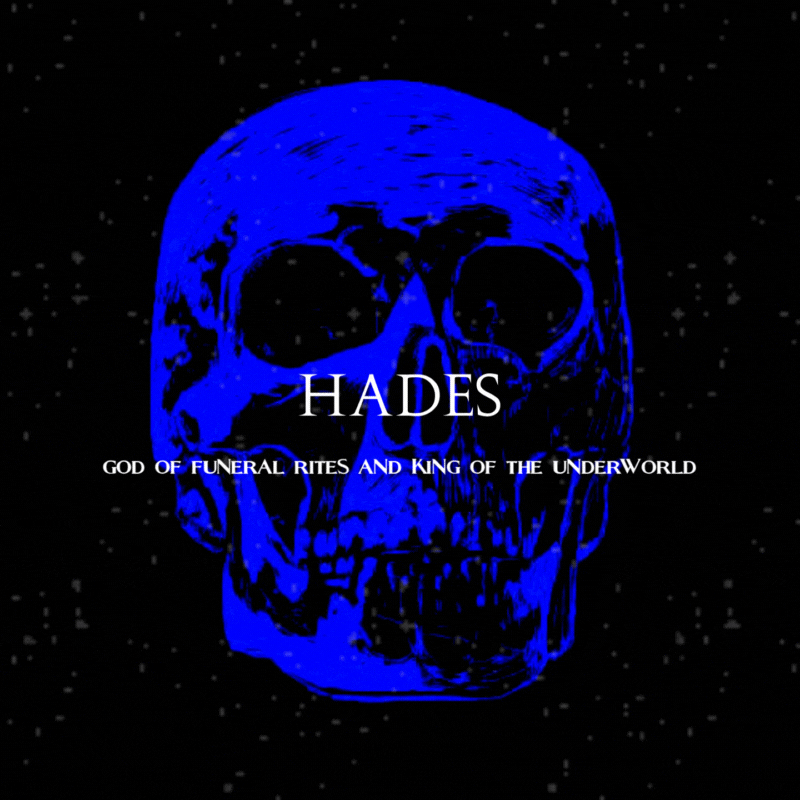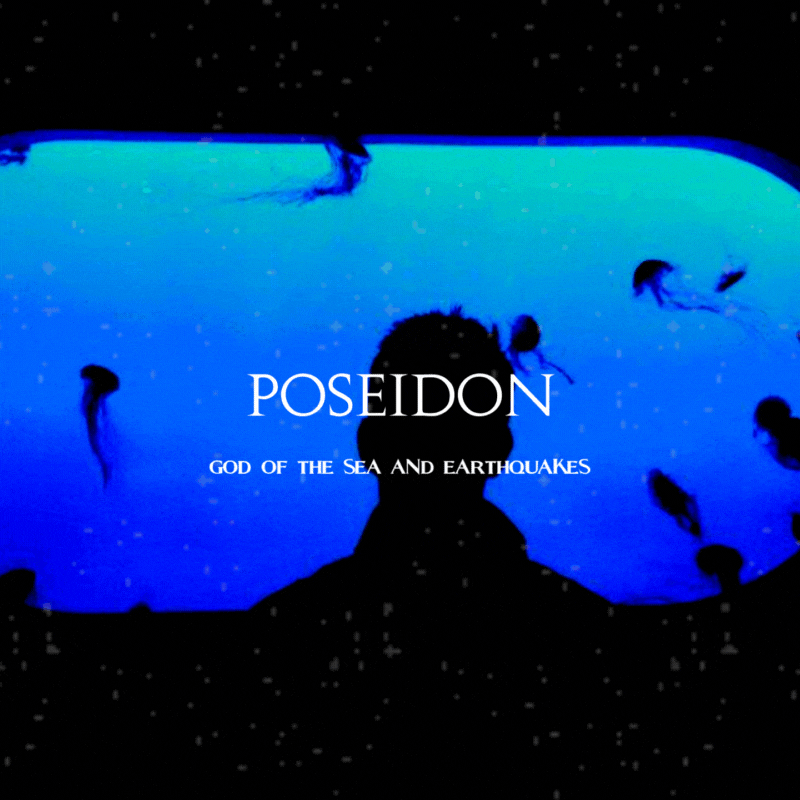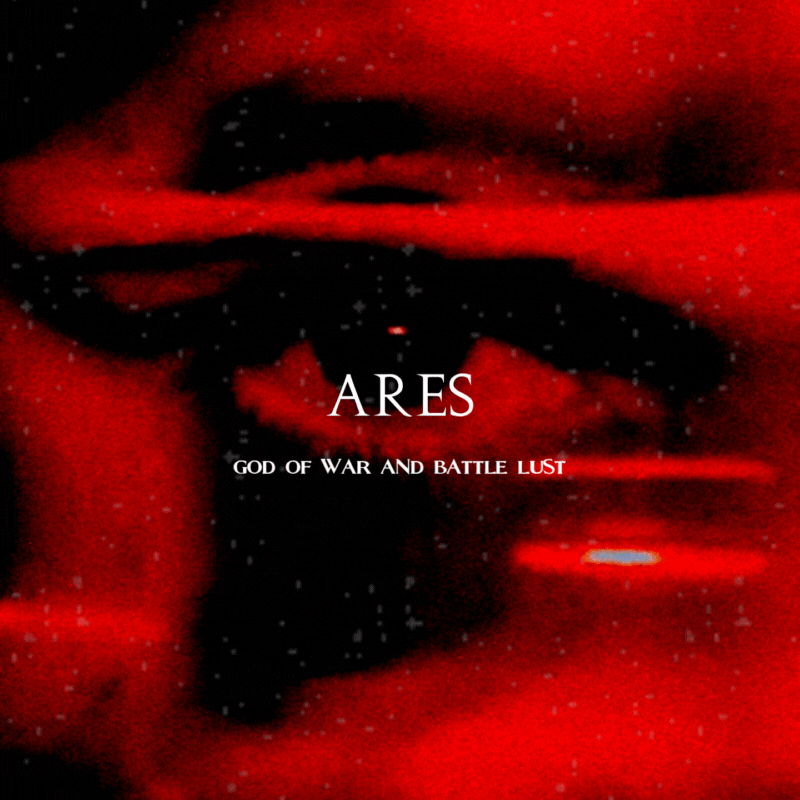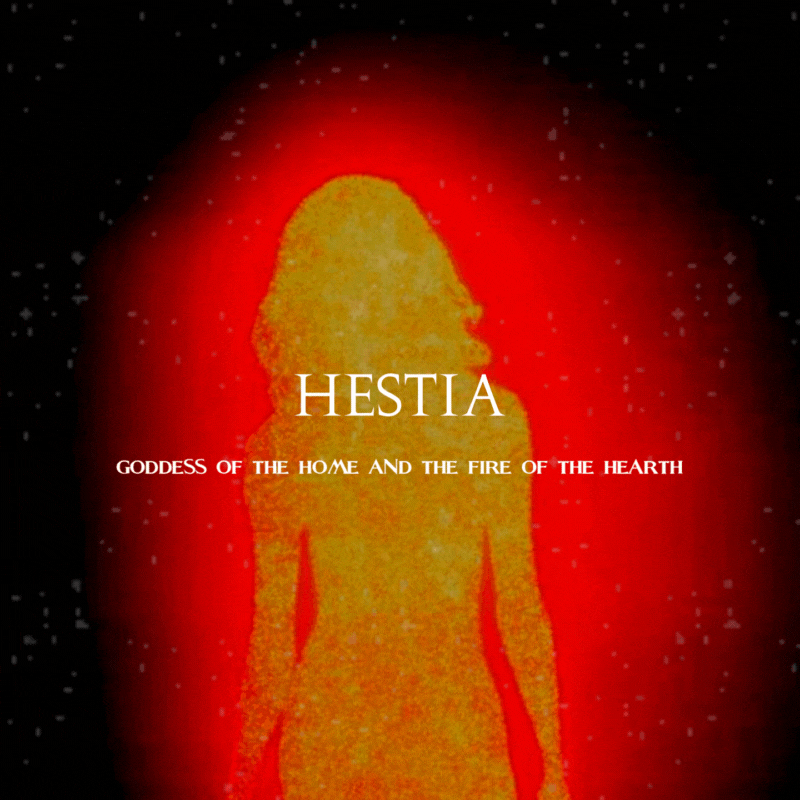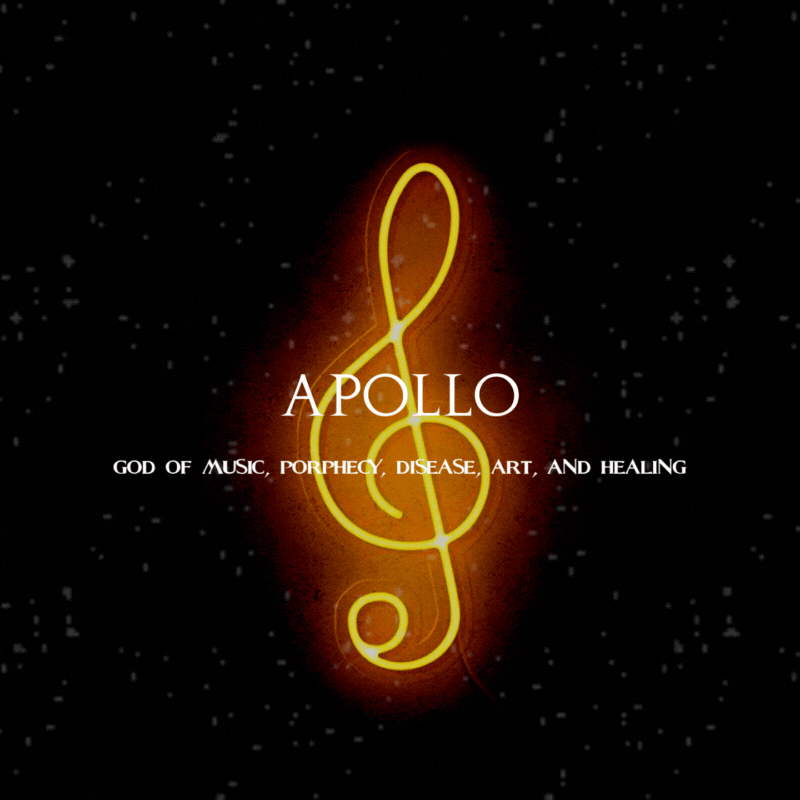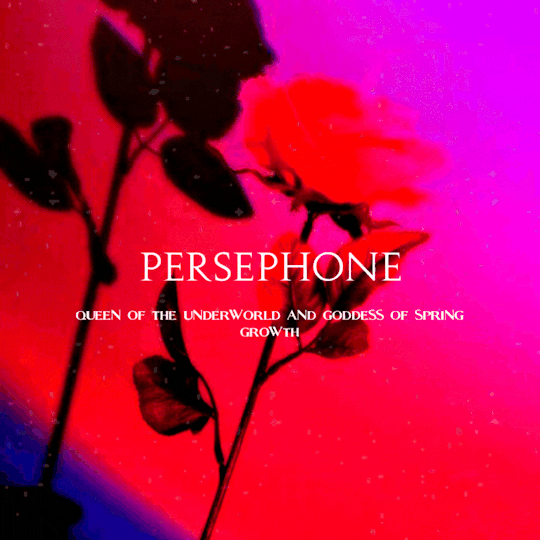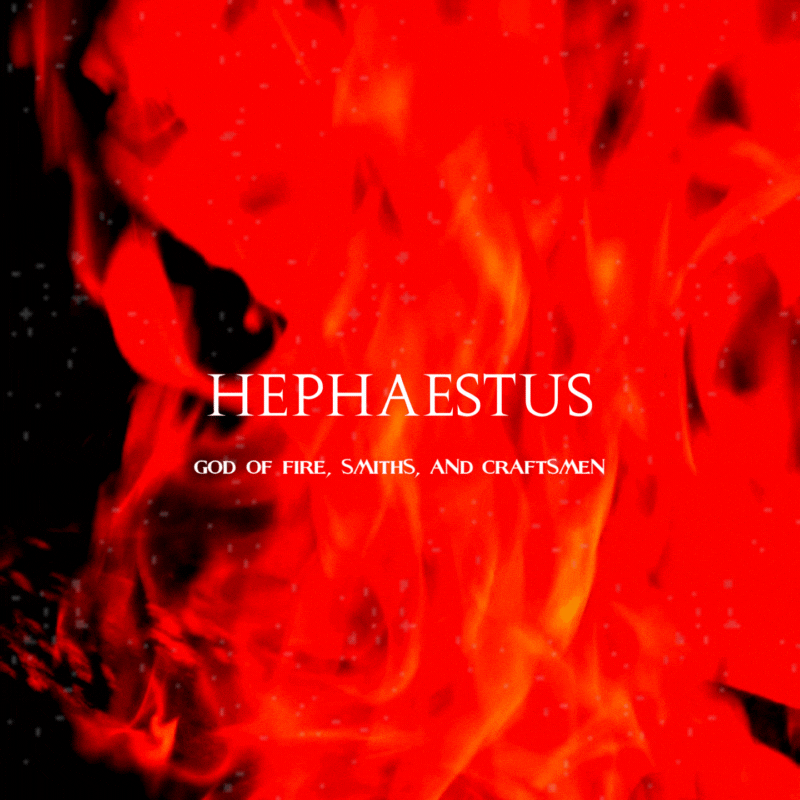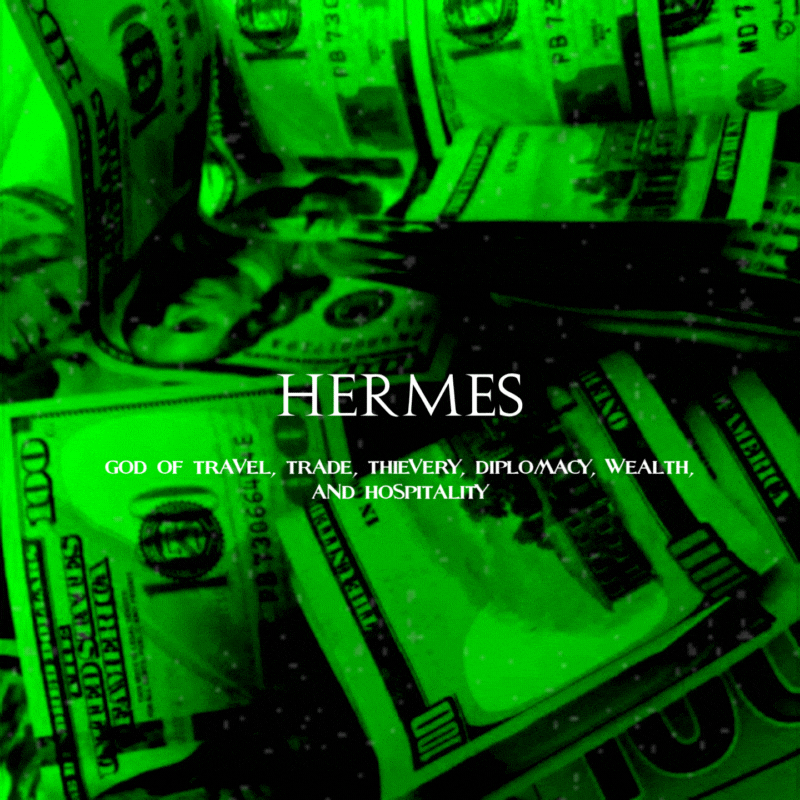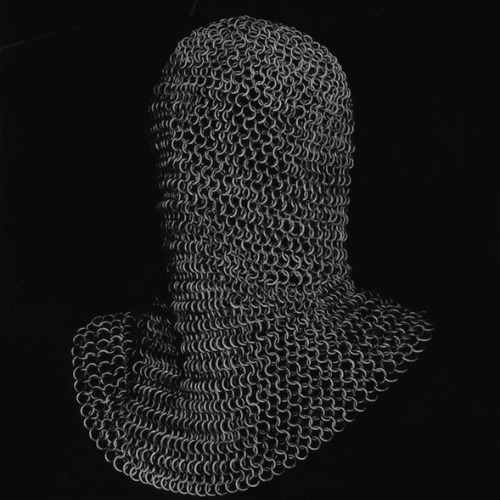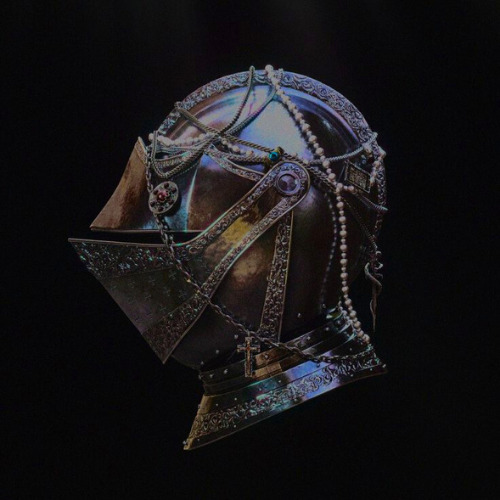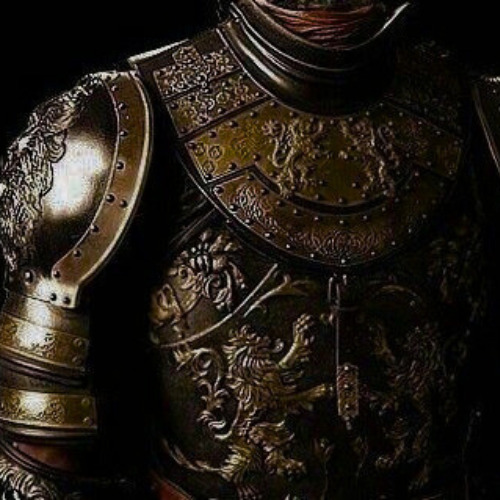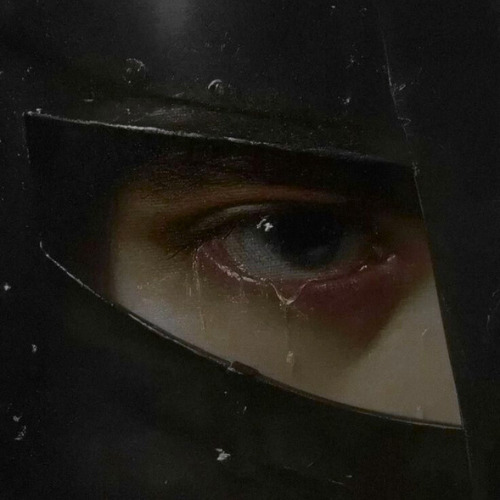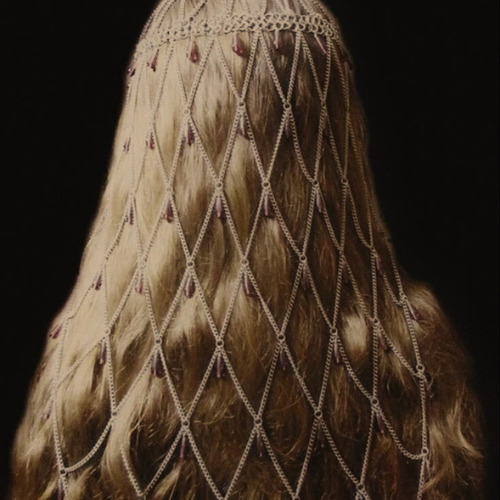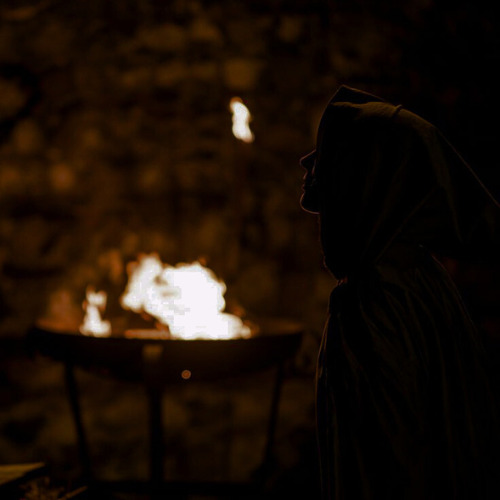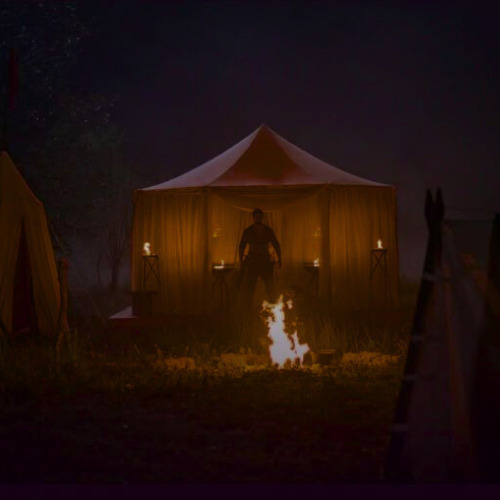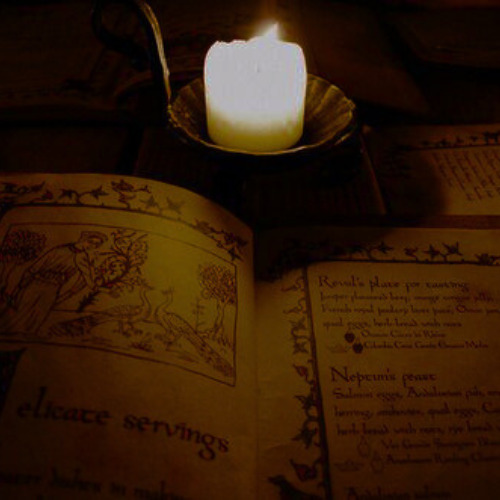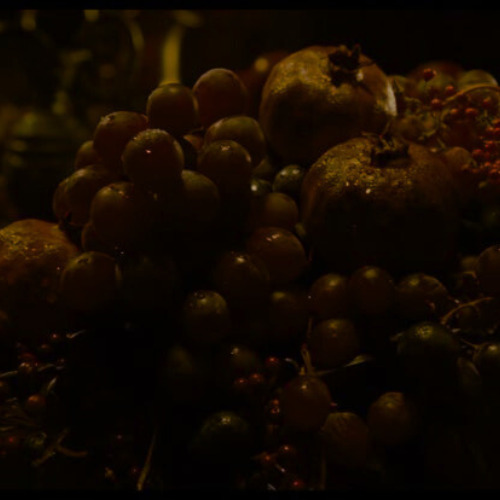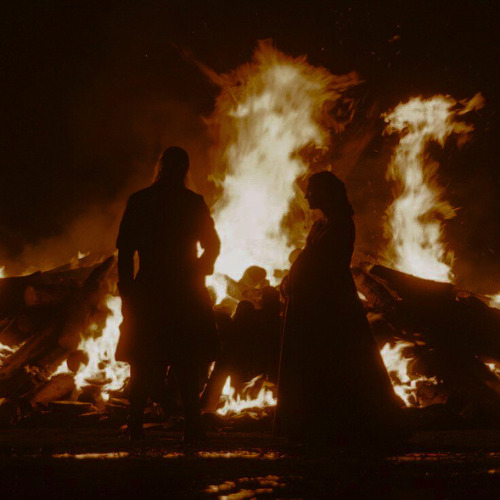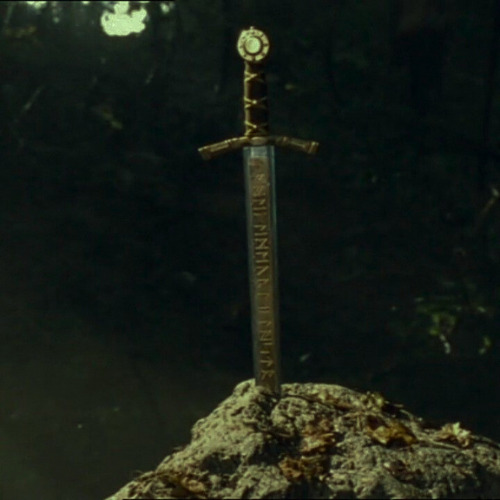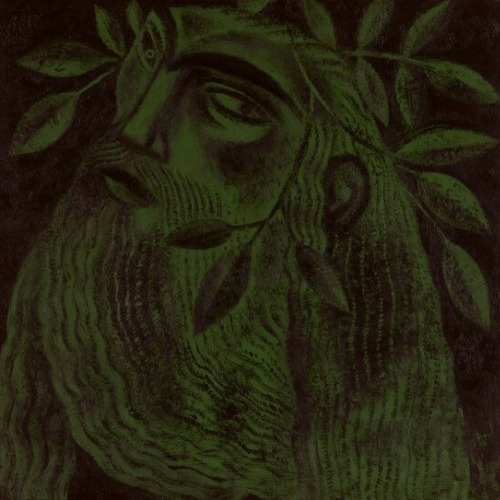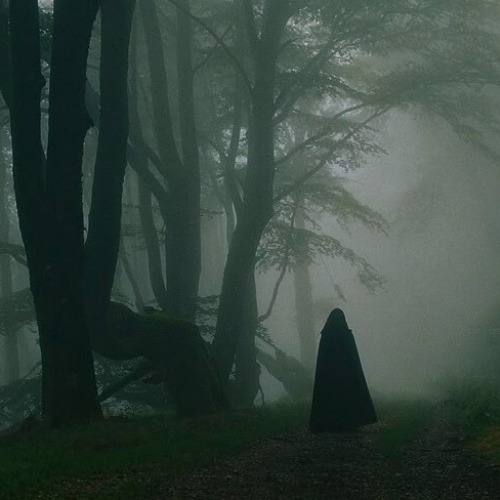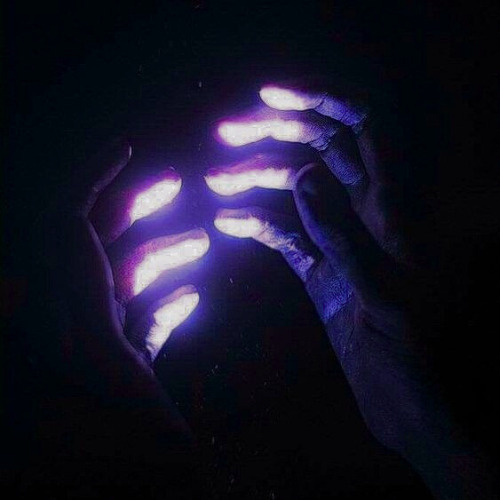Photo
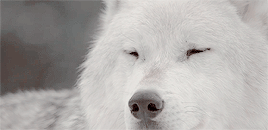
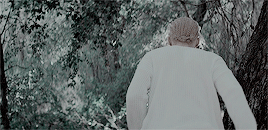

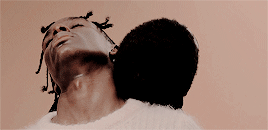
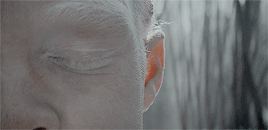
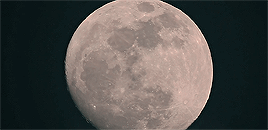

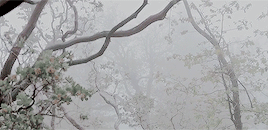


Mythical creatures: Werewolves
In folklore, a werewolf is a human with the ability to shapeshift into a wolf (or, especially in modern film, a therianthropic hybrid wolflike creature), either purposely or after being placed under a curse or affliction (often a bite or scratch from another werewolf). Early sources for belief in this ability or affliction, called lycanthropy are Petronius and Gervase of Tilbury. The legend of the werewolf is one of the most ancient and wide spread. Stories of werewolves can be found as far back as history has been written.
3K notes
·
View notes
Text
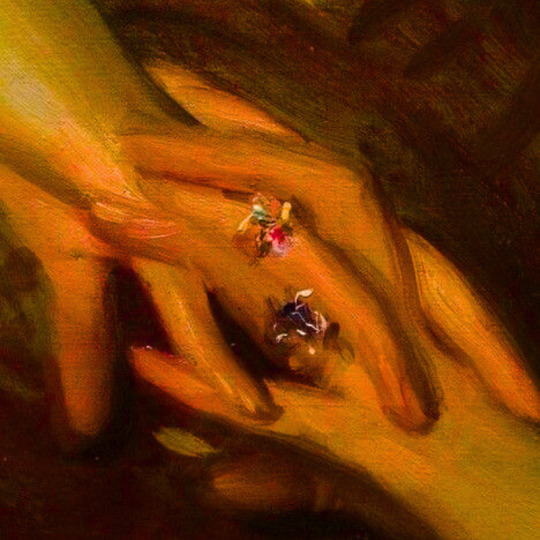
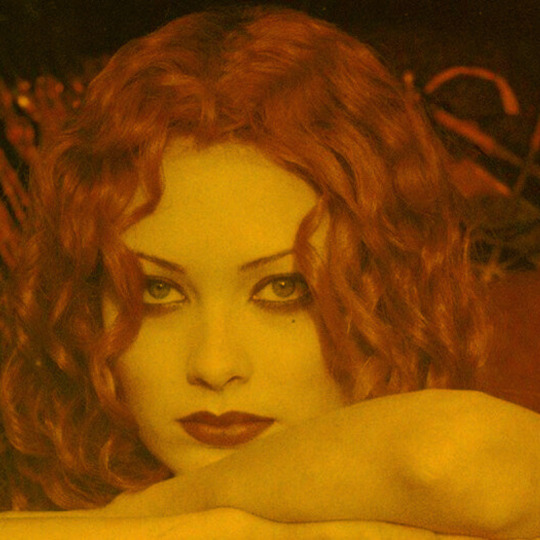
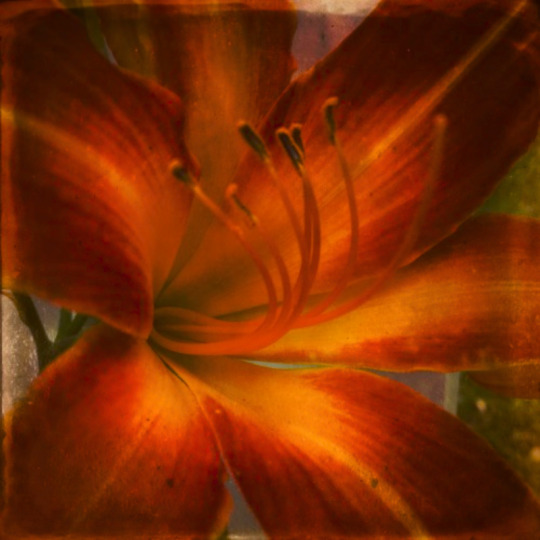
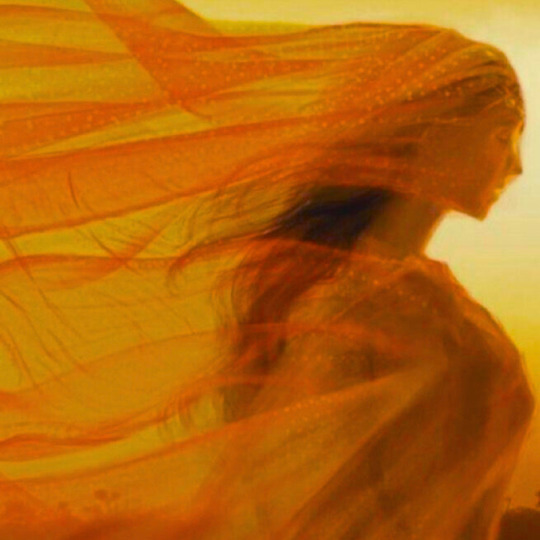
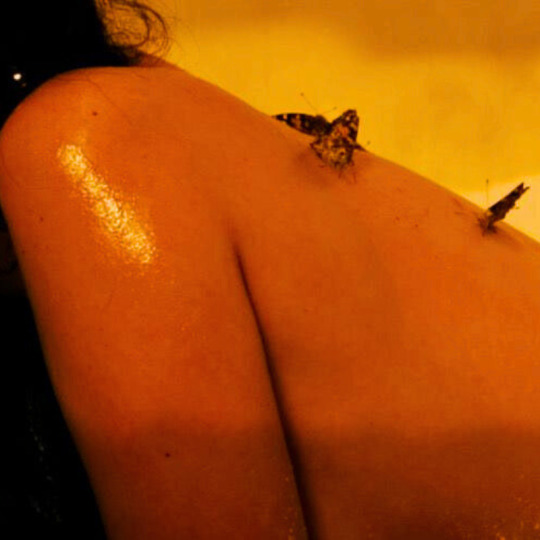
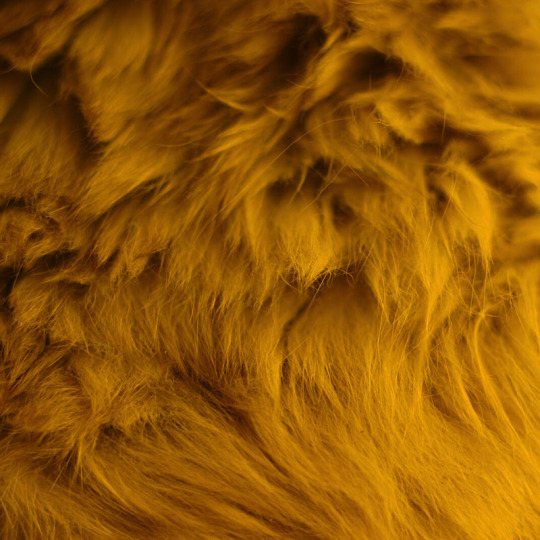
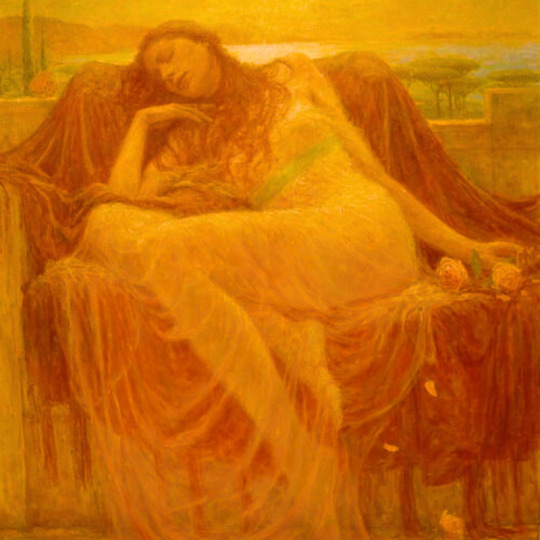
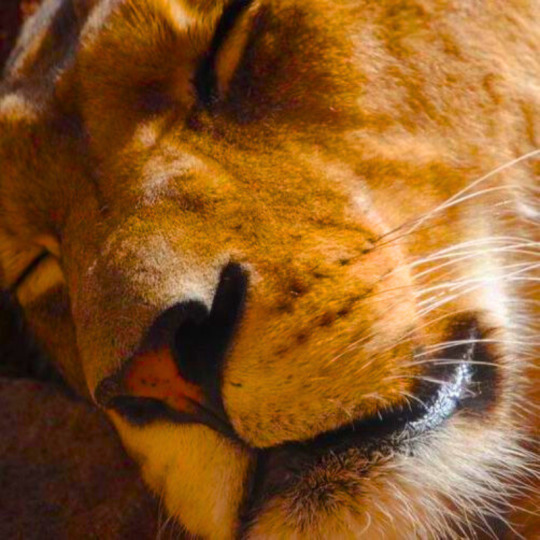
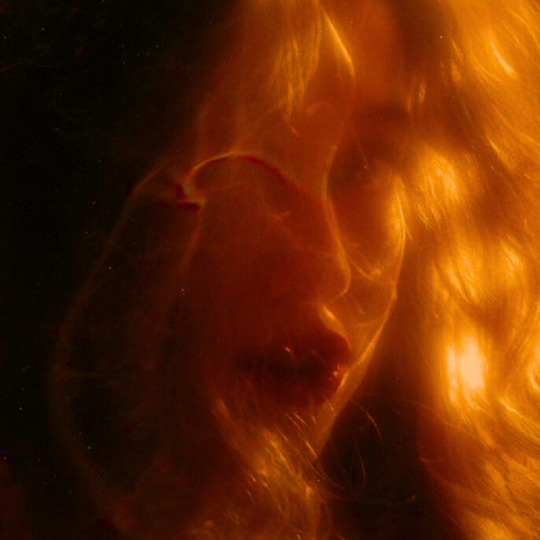
greek mythology: rhea
rhea is the mother goddess. when she bore zeus, she hid him away in crete, and instead gave kronus a rock to swallow when he swallowed the rest of her children after hearing one of his children was destined to overthrow him. her sacred animal is a lion.
386 notes
·
View notes
Text

Glorious son of Semele 💜
1K notes
·
View notes
Photo




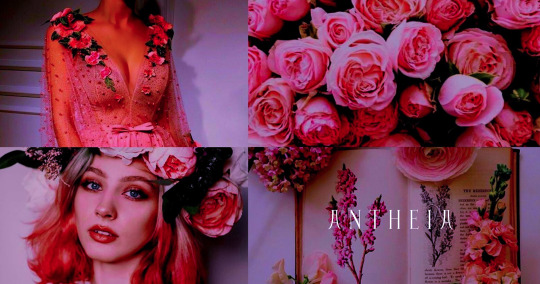





greek mythology | goddesses iii
258 notes
·
View notes
Photo









greek mythology | titans & titanesses | Φοιβη
→ phoibe was the titan goddess of the bright intellect. she was wife of the titan koios. phoibe was the third goddess to hold the great oracle of delphoi which she in turn bestowed upon her grandson apollon. her name was derived from the greek words phoibos “bright” or “radiant”, phoibazô “to prophesy” and phoibaô “to purify”.
456 notes
·
View notes
Photo


mythology meme: [1/9] Greek Gods/Goddesses → Eris
Strife whose wrath is relentless, she is the sister and companion of murderous Ares, she who is only a little thing at the first, but thereafter grows until she strides on the earth with her head striking heaven. She then hurled down bitterness equally between both sides as she walked through the onslaught making men’s pain heavier.
3K notes
·
View notes
Text

I drew a Loki
I think my blog is just about man with pointy ears at this point
107 notes
·
View notes
Text









women in mythology: ADOMA
"In Cameroon, this folkloric heroine was an exemplary daughter except she refused to marry. This angered her parents and she became something of an outcast. During a festival across the Mbam River, all the young people set off to enjoy themselves, so Adoma went along. But when they reached the banks of the river, no one would let Adoma ride in their boats. As she sat there glumly, a crocodile urged her to take his hand and step onto his back. The crocodile took her below the waves and decked her in finery before taking her to the festival. Elegantly attired, Adoma caught everyone’s eye, and men competed for her attentions. She refused until she felt like dancing, then took a flute from a bag the crocodile had given her. When she played it, people stuffed money into her bag. As soon as it was full, it disappeared, then reappeared, empty and ready for more offerings. Back in the river, the crocodile counted the money, which had been transmitted to him. When the party was over, more than one suitor wanted to take Adoma home, but she went back to the crocodile, who once more took her beneath the waves and dressed her splendidly. When the girl returned home, her older sister decided she, too, would gain a fortune, so she went to the riverbank. When the crocodile appeared, she said he was smelly, so he ate her." Source: Patricia Monaghan, Encyclopedia of Goddesses and Heroines, 2014, pp. 3-4
45 notes
·
View notes
Photo

Modern Mythology Aesthetics: Harmonia
“Be soft. Do not let the world make you hard. Do not let pain make you hate. Do not let the bitterness steal your sweetness. Take pride that even though the rest of the world may disagree, you still believe it to be a beautiful place.”
2K notes
·
View notes
Photo
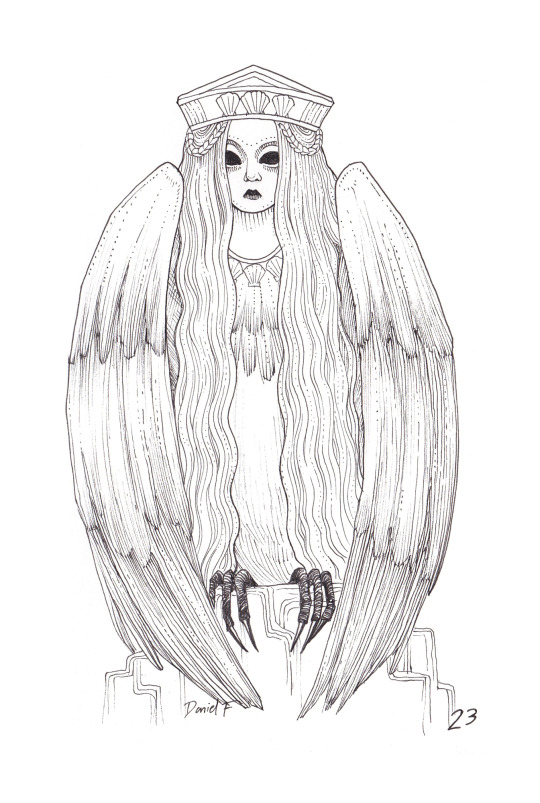
INKTOBER #23
“Leucosia”
81 notes
·
View notes
Photo









ICONS // mythology (mermaids)
253 notes
·
View notes
Photo









mythology family ♥︎ niamh for @jxbuckybarnes
in irish mythology, niamh is the daughter of the god of the sea, manannán mac lir and one of the queens of tír na nóg, the land of eternal youth. she was the lover of the poet-hero oisín.
403 notes
·
View notes
Photo


Creator of languages.
256 notes
·
View notes

